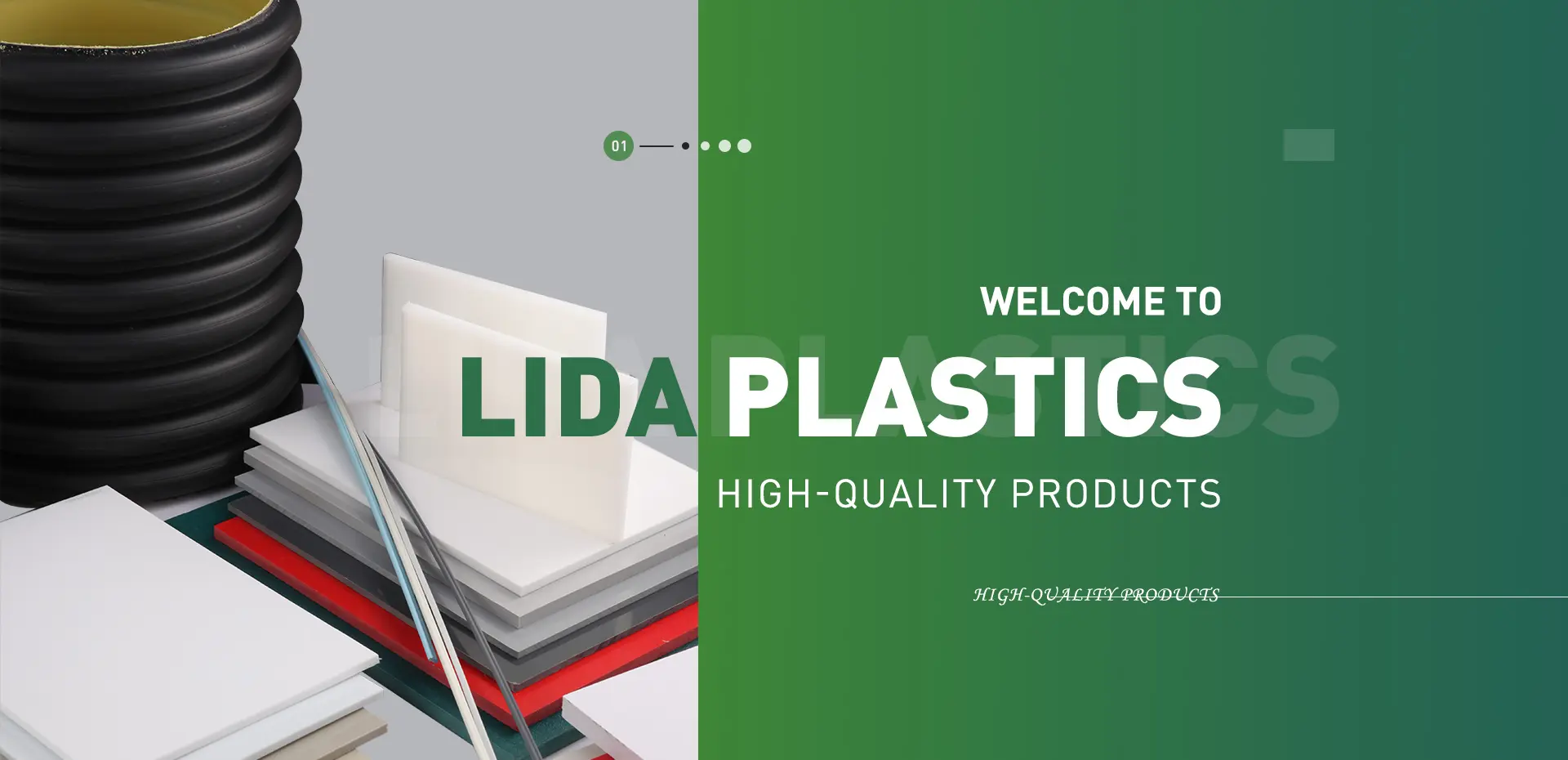okt . 19, 2024 13:01 Back to list
Using PVC Pipe for Efficient Drip Irrigation Systems in Gardening and Agriculture
Utilizing PVC Pipe for Drip Irrigation An Efficient Agricultural Solution
As agricultural practices evolve in response to the increasing global demand for food and the challenges posed by climate change, innovative irrigation methods have gained prominence. One such method is drip irrigation, which efficiently delivers water directly to the plant roots, minimizing waste and maximizing growth potential. Among the materials used for creating drip irrigation systems, PVC (Polyvinyl Chloride) pipes stand out for their durability, flexibility, and cost-effectiveness. This article explores the benefits and practicality of using PVC pipes in drip irrigation systems.
Understanding Drip Irrigation
Drip irrigation is a method that involves the slow and precise application of water directly to the soil around plants. This method minimizes evaporation and runoff, ensuring that crops receive the right amount of water. Unlike traditional irrigation systems that can lead to water wastage, drip irrigation provides a controlled and efficient way to hydrate plants. With the global agricultural sector facing increasing water scarcity, adopting such efficient systems is crucial.
Advantages of PVC Pipes
1. Durability and Longevity PVC pipes are known for their resistance to corrosion, chemicals, and UV radiation. Unlike metal or wooden alternatives that can degrade quickly under environmental stress, PVC pipes can last for decades with minimal maintenance. This longevity makes PVC a sustainable choice for drip irrigation systems.
2. Cost-Effectiveness PVC pipes are relatively inexpensive compared to other materials. Their low initial cost, combined with minimal maintenance and replacement needs, results in significant savings in the long run. For small-scale farmers or large agricultural operations, the affordability of PVC can make a substantial difference in overall irrigation costs.
3. Ease of Installation PVC pipes are lightweight and come in various sizes, making them easy to transport and install. Farmers can quickly set up a drip irrigation system without the need for specialized training or equipment. This accessibility encourages more farmers to adopt advanced irrigation technologies.
4. Versatility PVC pipes can be configured for various irrigation needs. They can be used for gravity-fed systems or connected to pumps for pressurized systems. This adaptability allows farmers to customize their irrigation setups based on specific crop requirements and environmental conditions.
5. Development of Local Economies By adopting PVC-based drip irrigation systems, farmers can optimize their crop yields, leading to increased production and potential revenue. With more efficient water use, they can cultivate crops in regions previously deemed unsuitable due to water scarcity. This not only boosts local economies but also enhances food security.
pvc pipe to drip irrigation

Implementation of PVC Drip Irrigation
Implementing a PVC drip irrigation system involves several key steps
1. Planning Farmers should assess their land, types of crops, and water sources before designing a system. This planning stage is crucial for ensuring efficient water delivery and coverage.
2. Choosing the Right Materials Selecting appropriate PVC pipe sizes, fittings, and drip emitters is essential. The choice depends on factors such as flow rate, pressure, and the specific requirements of the crops being cultivated.
3. Installation Farmers can lay out the PVC pipes, securing them in place to ensure proper water delivery. Drip emitters should be strategically placed to provide optimal coverage for each plant.
4. Maintenance Regularly checking for blockages, leaks, and ensuring that the drip emitters are functioning properly will help maintain system efficiency. PVC pipes are durable, but routine inspections are necessary to ensure long-term performance.
5. Monitoring and Adjusting Farmers should monitor soil moisture levels and crop growth to make necessary adjustments to the irrigation schedule and system setup.
Conclusion
The integration of PVC pipes into drip irrigation systems represents a promising approach for sustainable agriculture. With their numerous advantages, they offer an effective way to manage water resources while maximizing crop yields. As the world grapples with the dual challenges of food security and water scarcity, utilizing PVC pipes for drip irrigation could be a critical step towards a more sustainable agricultural future. By embracing this technology, farmers not only improve their productivity but also contribute to a more responsible use of environmental resources, ensuring the viability of agriculture for generations to come.
-
Premium PVC Soft Sheets: Clear, Flexible & Durable
NewsAug.12,2025
-
Premium PVC Round Rods: Durable, Chemical Resistant, Easy to Machine
NewsAug.11,2025
-
PP U-channel: Chemical-Resistant, Lightweight & Durable
NewsAug.10,2025
-
Transparent PVC Pipe: Clear Flexible Tubing for Fluids
NewsAug.09,2025
-
Durable PP Rigid Sheet: Versatile & High-Quality Plastic Panels
NewsAug.08,2025
-
Premium Glossy PP Rigid Sheet – Durable & Versatile
NewsAug.07,2025

